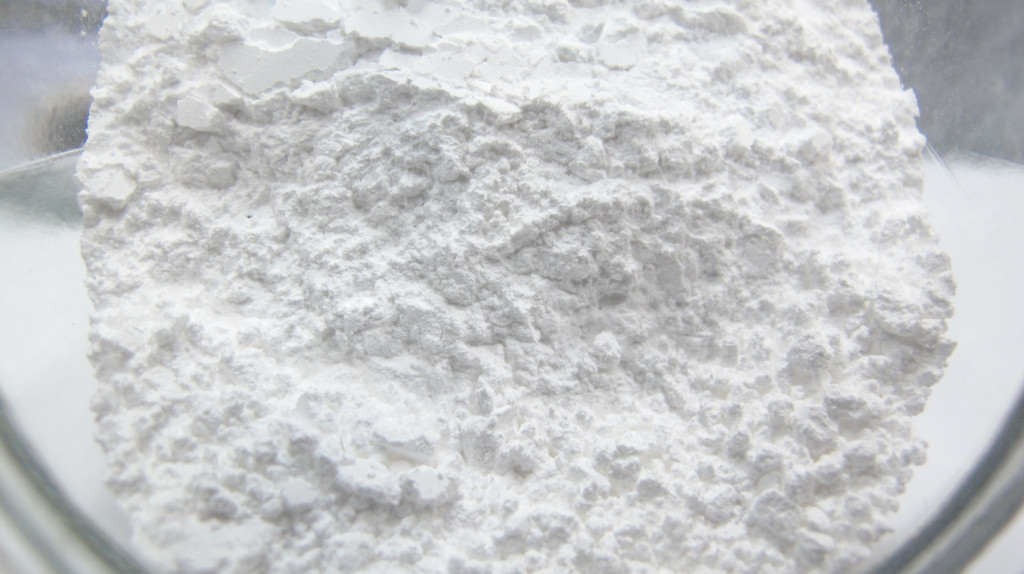Introduction
In 1874, P. T. Cleve demonstrated that didymium was a mixture of at least two elements. It wasn’t until 1885 that C. A. von Welsbach successfully separated it into two new elements, praseodymium and neodymium.
Since neodymium was more abundant in didymium than praseodymium, it retained the old name “didymium” with the prefix “neo,” becoming “neodymium.”
The name “Praseodymium” originates from the Greek word praseo (πράσιoς), meaning “leek green,” and didymium, meaning “twin,” emphasizing its twin-like relationship with neodymium.
Besides the single stable isotope of praseodymium, 141Pr, there are 38 synthetically produced radioactive isotopes, with longer-lived isotopes including 143Pr and 142Pr.
Praseodymium primarily exists in phosphate, silicate, and carbonate minerals such as monazite sands and bastnäsite. The pure metal was not isolated until 1931.
Praseodymium (Pr)
Atomic number: 59
Atomic weight: 140.907 u
Atomic structure: The outermost electronic structure of Praseodymium is 4f3 6s2。
Physical/chemical properties: Under normal temperature and pressure, it is a metal with silvery white luster, high ductility, and medium softness.
Praseodymium is relatively reactive, with a corrosion resistance superior to lanthanum, cerium, and europium. However, when exposed to air, it gradually loses its luster and forms a loose, green oxide layer that is prone to flaking. Therefore, pure praseodymium must be stored in a vacuum or argon-filled glass tubes.
Main Application Areas of Praseodymium
- Display Technology: Praseodymium, along with other rare earth elements, is used in color display technologies, such as television and computer screens. Its compounds are utilized in tricolor phosphors to produce varied colors and enhance screen performance.
- Optical Glass: Praseodymium is used in the production of optical glass, which is essential for high-performance lenses, fiber optic communication components, and lasers.
- Nuclear Reactions: The isotope 141Pr is valuable in nuclear energy applications, playing a role in specific nuclear reactions.
- Pigments: The deep yellow “Praseodymium Yellow” salts are used in glassmaking and as pigments in oil painting and ceramics. These can create diverse color effects and are also used to tint artificial diamonds yellow-green to mimic rare peridot. Additionally, they filter yellow light, making them ideal for goggles used in welding and glassmaking industries.
- Carbon Arc Lamp Cores: Its oxide is used to prepare high-brightness lighting for applications such as film industry studios, image animation projectors, and searchlights.
- High-Strength Metal Alloys: Praseodymium is added to certain metal alloys to enhance corrosion resistance and strength, making it useful in aircraft engines and automotive parts.
- Other Applications: Praseodymium also has roles in polishing abrasives, praseodymium-doped yttrium lithium fluoride (Pr) lasers, single-mode fiber amplifiers, and in lighter flints with cerium-based ferrocerium.
Product Link
https://honwaygroup.com/product-category/realearth/praseodymium/
Honway is committed to advancing the field of materials science, we are your gateway to the world of rare earth materials.


